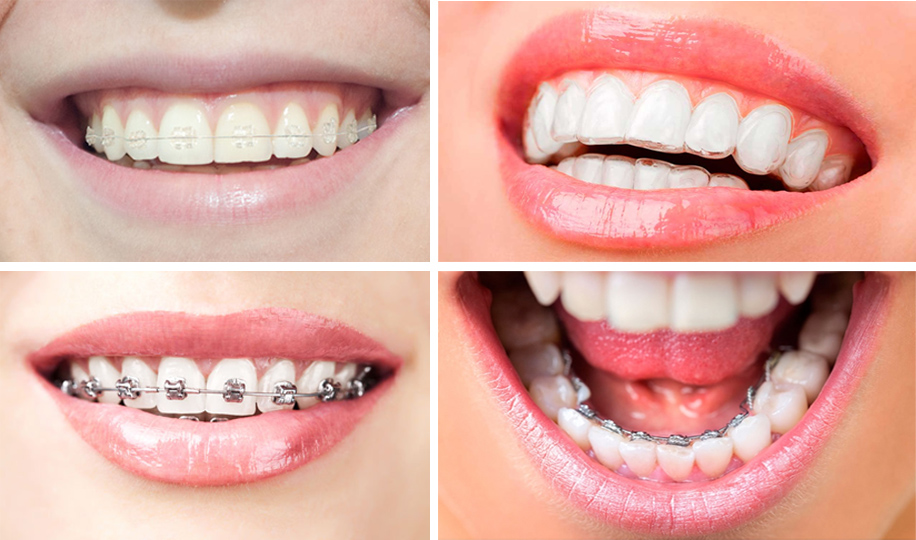How Orthodontics Changes Your Teeth

Crooked teeth and bite problems do more than interrupt your smile. They can cause gum disease, create tooth wear, increase risk for tooth injury, trigger chewing difficulties and more. Studies also show that your smile is one of the top three things that another person will notice about you. You want that smile to both make an impression and you want your smile to be healthy. Unhealthy smiles are ones that tend to have the teeth fall out over time, and once that happens, you can’t get your teeth back. Orthodontics can help improve a smile in countless ways. Here are some major ways that orthodontics can change your teeth and how the process works!
Thumbsucking and Pacifier Use

Thumbsucking is a natural reflex for children. Sucking on thumbs, fingers, pacifiers or other objects may make babies feel secure and happy and help them learn about their world.
Young children may also suck to soothe themselves and help them fall asleep.
Halitosis

Halitosis – or chronic bad breath – is something that mints, mouthwash or a good brushing can’t solve. Unlike “morning breath” or a strong smell that lingers after a tuna sandwich, halitosis remains for an extended amount of time and may be a sign of something more serious.
Gingivitis

Gingivitis is the early stage of gum disease. Gum disease, also known as periodontal disease, is an infection of the tissues that surround your teeth, and is caused by a buildup of plaque. In its early stages, symptoms may include:
Baby Bottle Tooth Decay

Even though they are temporary, your child's baby teeth are important, and are still susceptible to cavities. Tooth decay in infants and toddlers is often referred to as Baby Bottle Tooth Decay, or Early Childhood Caries. Children need strong, healthy teeth to chew their food, speak and have a good-looking smile. Their first teeth also help make sure their adult teeth come in correctly. It’s important to start infants off with good oral care to help protect their teeth for decades to come.
Bleeding Gums

There are many reasons your gums could bleed.
In some cases, bleeding gums can be a sign of gingivitis, the early stage of periodontal disease. If your gums bleed easily or bleed when you brush, talk to your dentist about your oral health. Gingivitis is reversible and preventable.
Cleft Lip and Cleft Palate

Cleft lip is a birth defect in which the parts of the face that form the upper lip remain split, instead of sealing together before birth. Similar splits can occur in the roof of the mouth or palate. Cleft lip and cleft palate can each occur alone or together in the same person (cleft lip and palate). Cleft lip and palate happen early in fetal development. The defect may be genetic or the result of maternal environmental exposures during pregnancy.
Subcategories
More Articles …
Page 18 of 26

 Español
Español 





